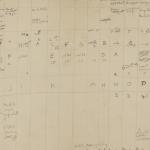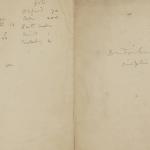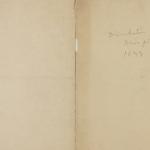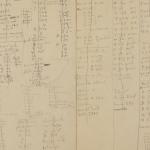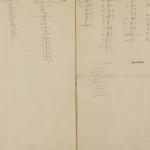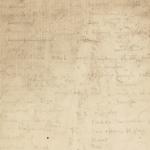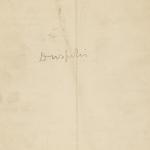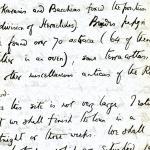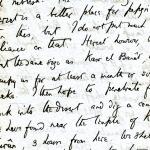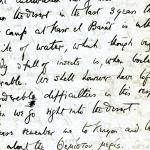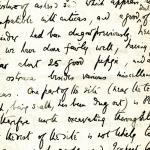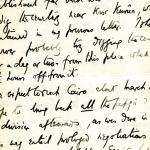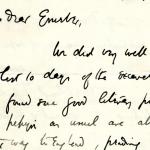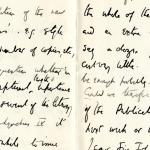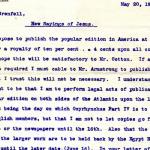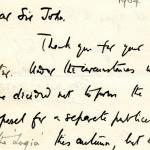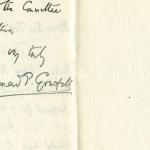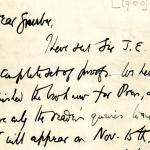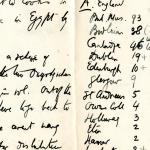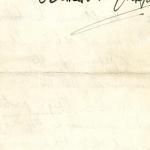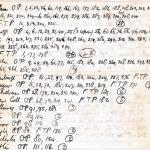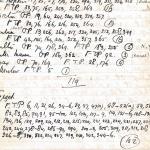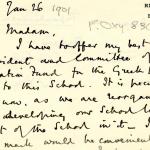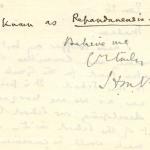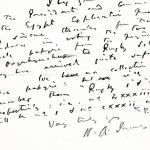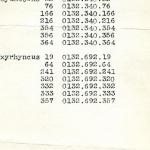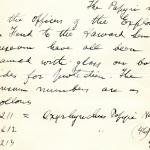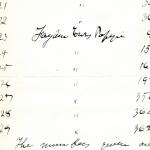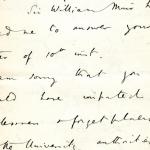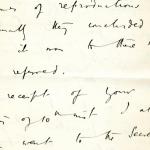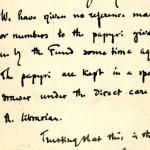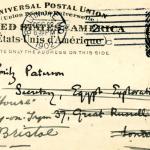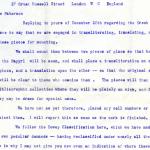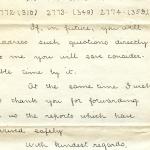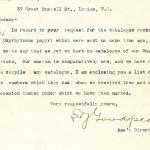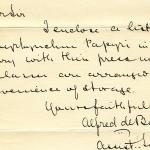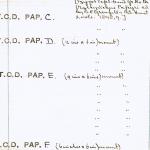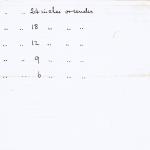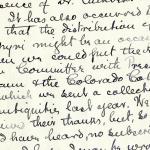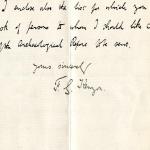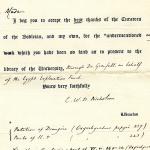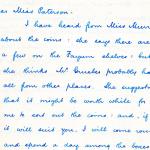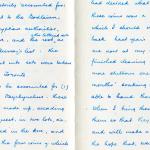1898-99 Theadelphia (Faiyum)
The excavations were sponsored by the Graeco-Roman branch and thus were concerned with recovering papyri from the Graeco-Roman period rather than objects or material from different time periods.
The cemeteries were delinated by the excavator into three different periods:
1. early Ptolemaic (280-150 BCE)
2. late Ptolemaic and early Roman 150 BCE-80 CE)
3. late Roman (80-300 CE)
Group 1 were generally mummified and placed in wooden coffins with simply carved heads and placed in recesses at the side of the tomb. Ceramic coffins were also used. The mummies were often decorated by cartonnage and gilded plaster scarabs might be used as decoration on the head. Pots of coarse eathenware were found.
Group 2 burials were often not mummified and were placed under bricks. There were wooden coffins which were not shaped to the body and a some limestone coffins. Common items included small red and black lamps, beads, small alabaster or calcite vessels and a wide variety of ceramic vessels including inscribed amphoras. Unfortunately the tombs had been affected by damp which damaged the papyri the excavators were searching for.
Group 3 burials only contained an occasional lamp.
In the town, the excavtors explored houses and found: a complete plough, an inscription, coins, pottery, and a wooden shield with a leather strap.
Archive Documents
Grenfell, Bernard P. and Arthur S. Hunt 1899. Graeco-Roman branch: excavations for papyri in the Fayum; the position of Lake Moeris. Archaeological Report (Egypt Exploration Fund) (1898-1899), 8-15.

